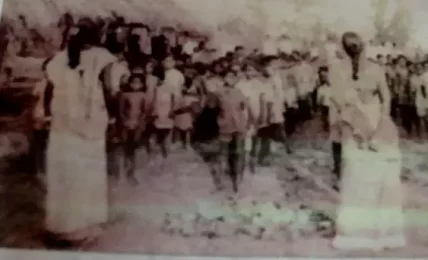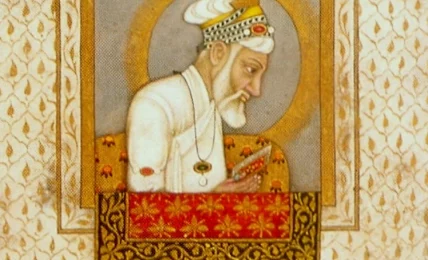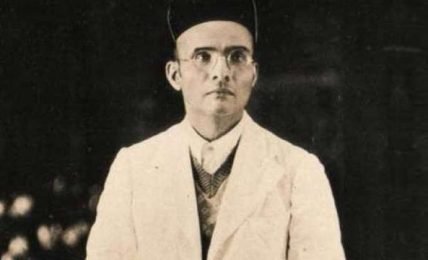Caldwell’s Sudra Invasion Theory
Caldwell, who is considered as the founder of Dravidian Linguistic Theory had another fantastic idea in his quiver - Sudra Invasion Theory. Using that, he explains why South Indians are not that much suffering as compared to the North Indian Sudras - because they represented different invasion waves.




